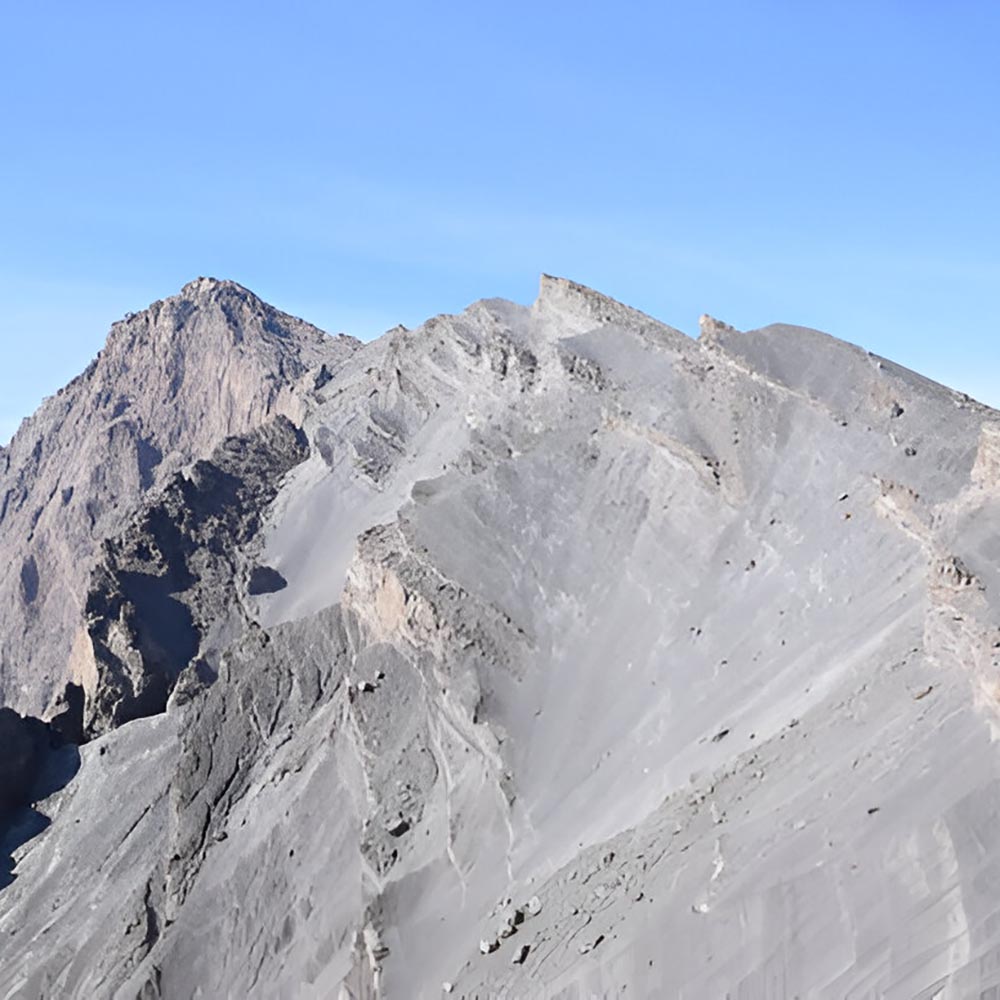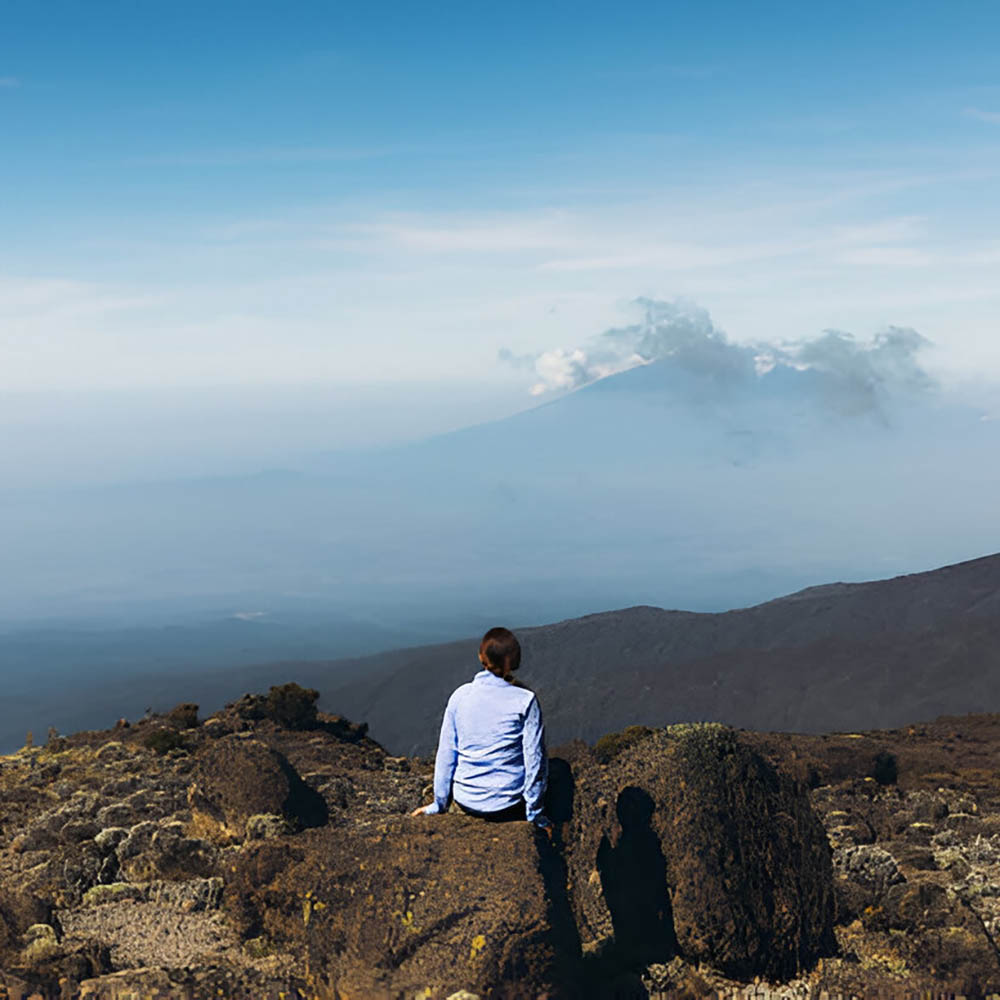Mount Meru
Mount Kilimanjaro: Africa’s Tallest Mountain
Mount Meru Overview
Mount Meru, located in Arusha National Park and overlooking Arusha town, is Tanzania’s second-highest mountain after Kilimanjaro. Climbing this mountain is an exhilarating experience, with diverse wildlife on the lower slopes and changing vegetation as you ascend.
Climbing Experience
The climb features steep sections along the saddle, offering breathtaking views of Kilimanjaro, 80 km to the northeast, and the dramatic cliff face descending to Meru Crater. Technical equipment is not required for the ascent.
Itinerary Options
Mount Meru is typically climbed in 3 days and 2 nights. However, since descending from the summit takes about 7 hours, some climbers choose to add an extra night at Miriakamba Hut, extending the climb to 4 days and 3 nights. Accommodation is provided in alpine huts along the route.
Day 1: Transfer to Momela Gate (1500 m) to start the climb. After a 3-hour walk, reach Mariakamba Hut. Explore the Meru Crater in the afternoon and overnight at Mariakamba Hut.
Day 2: Climb to Saddle Hut, taking about 3 hours along steep walls. In the afternoon, explore Little Meru (3820 m) with a 1.5-hour climb. Overnight at Saddle Hut.
Day 3: Early morning ascent to the summit of Mount Meru (4566 m), taking up to 5 hours. Return to Mariakamba Hut for the night or descend to Momela Gate (7 hours).
Climbing Routes and Timing
While Mount Meru is usually ascended from the western side at Olkokola, it can also be climbed via Little Meru. The best time to climb is between October and February, though November may bring some rain.
Routes Ideas.
Not sure where to begin? Check out our best-selling Kilimanjaro Routes to kickstart your adventure!
Photos of Mount Meru.







Why travel with
Genau Adventure Safaris.
Frequently Asked Questions
Mount Meru stands at 4,566 meters (15,000 feet).
The typical ascent takes 3 days and 2 nights, but some climbers opt for 4 days and 3 nights for acclimatization.
No technical equipment is required for the climb, making it accessible for many trekkers.
Accommodation is provided in alpine huts along the route.
The ideal climbing season is between October and February, although there may be some rain in November.
Yes, the lower slopes are home to various wildlife, including monkeys and other animals.
The climb is considered moderate to challenging, especially due to steep sections.
Essential items include good hiking boots, warm clothing, a sleeping bag, water purification tablets, and personal snacks.






